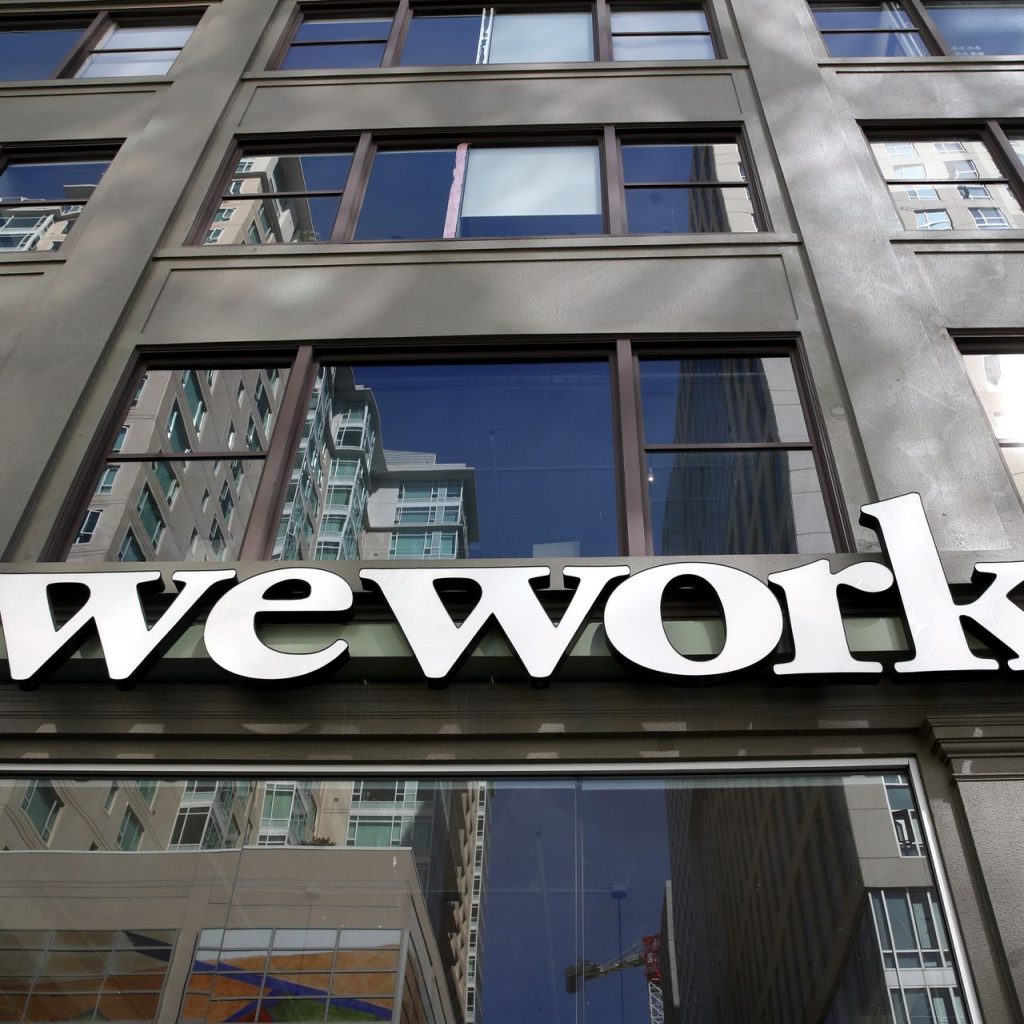What’s the right size for office space? The correct answer to that question can save businesses and investors in office property a lot of money by efficiently using space. Guess wrong and you could end up paying for a lot of underutilized space or an office building with a high vacancy rate.
Smaller is better
It’s no secret that office size has been shrinking in nearly all industry sectors.
A report by CoreNet Global noted that the average amount of office space per employee decreased by about 33%, from 225 square feet in 2010 down to an average of 150 square feet in 2013. That’s also the time period when coworking behemoth WeWork was first founded and began its astronomical growth through its disruptive new business model for the office leasing market. The firm views office space as a service rather than a fixed asset.
WeWork is perhaps the most visible example of how office use is changing. We believe there are three main reasons why smaller office space is becoming the new norm.
#1: Generational and technological change
In the same way that they’re changing the demand for multifamily housing, the millennial generation born between 1980 and 2000 is reshaping today’s office workplace and making it smaller. This generation values experience and social interaction more than having a private office. By the end of next year millennials are expected to make up about 50% of the workforce around the world.
Technological changes also help office space to be used more efficiently. Office tech such as cloud storage, flexible desk space, video conferencing and on-demand meeting rooms all let staff and business do more with less space.
#2: Reducing business overhead and fixed costs
Nearly 10 years ago a report in the New York Times noted that it was possible to fit as many as three times the number of staff into the same work space by changing the layout and not having assigned seating or desk space. Putting more people into less space to save money is a trend that’s been growing year-over-year.
But there are other factors at play that are making smaller office space the new norm. In addition to generational and technological changes, workers are simply out of the office more. In fact, CoreNet Global notes that at any point in the day about 60% of a company’s desks are vacant due to traveling workers or meetings. While open floor plans allow more people to work in less space, they also meet the new business reality of staff simply not being in the office as much as they were in years gone by.
#3: Better workplace design keeps employees happy and productive
A higher worker density per square foot of office space has obvious cost savings. But a good office workplace design also keeps employees happier, healthier, and more productive. The American Society of Interior Designers says that physical workplace design is one of the most important factors affecting staff productivity and job satisfaction.
But a better workplace design isn’t only about making office layouts smaller. Environmentally friendly LEED certified office space with healthy air quality, natural light, thermal comfort and ergonomic furniture all play a role in boosting productivity, increasing employee satisfaction, and reducing absenteeism.




